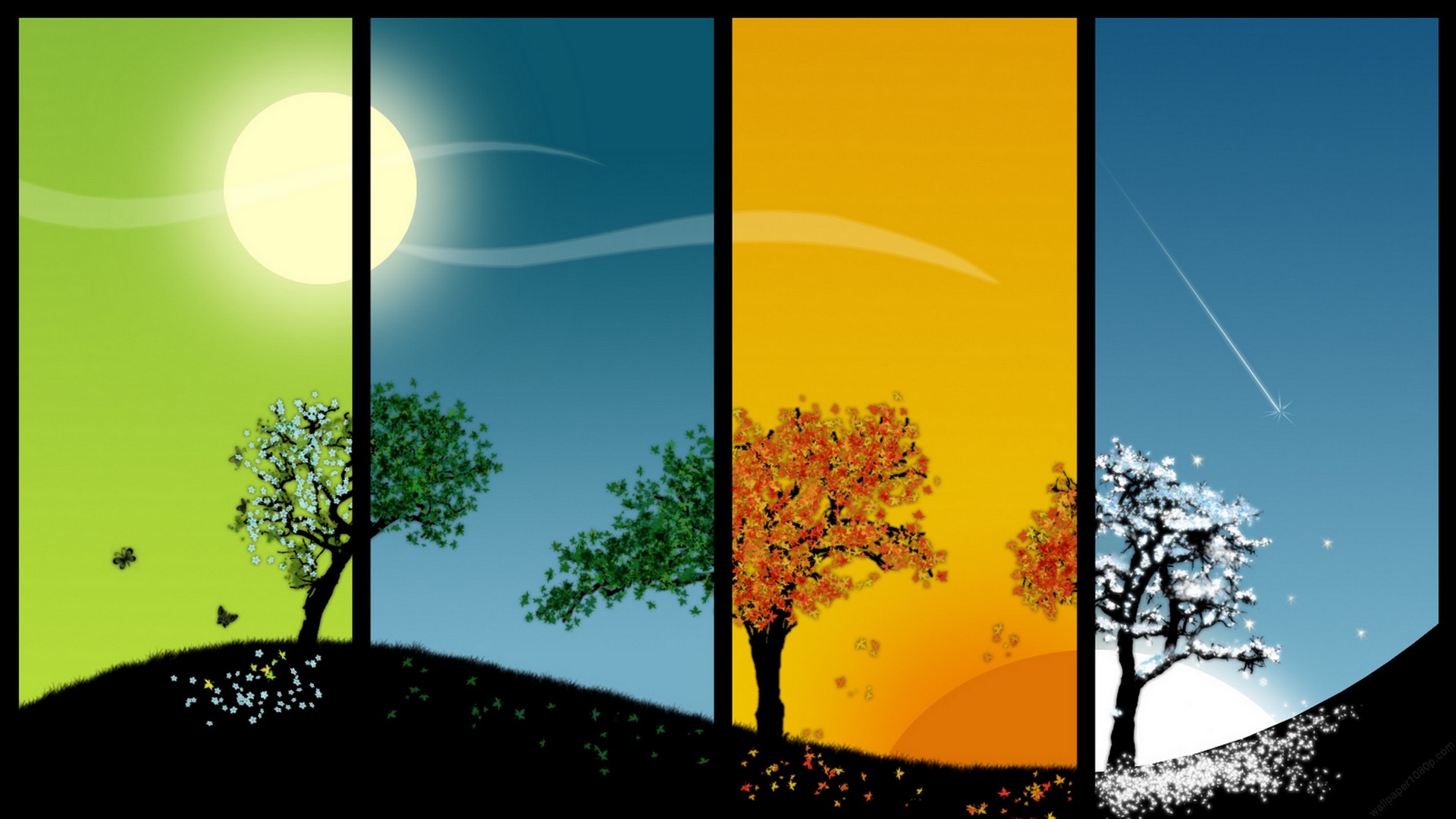
For example, under the definition of astronomical seasons, the June solstice marks the start of summer in the Northern Hemisphere, but it is the start of winter in the Southern Hemisphere. Seasons in the Southern Hemisphere are opposite to those in the Northern Hemisphere. When the Northern Hemisphere gets most sunlight (summer), the Southern Hemisphere gets least (winter).

Two methods are most commonly used to define the dates of the seasons: the astronomical definition and the meteorological definition.Įarth: The living planet Astronomical Seasons However, the dates when the seasons begin and end vary depending on whom you ask.

Since the year has 12 months, each season lasts about three months.

In most cultures, including all western countries, the year is commonly divided into four seasons: The Earth's axis is slightly tilted in relation to its orbit around the Sun. The four seasons are spring, summer, fall (autumn), and winter. Business Date to Date (exclude holidays).


 0 kommentar(er)
0 kommentar(er)
